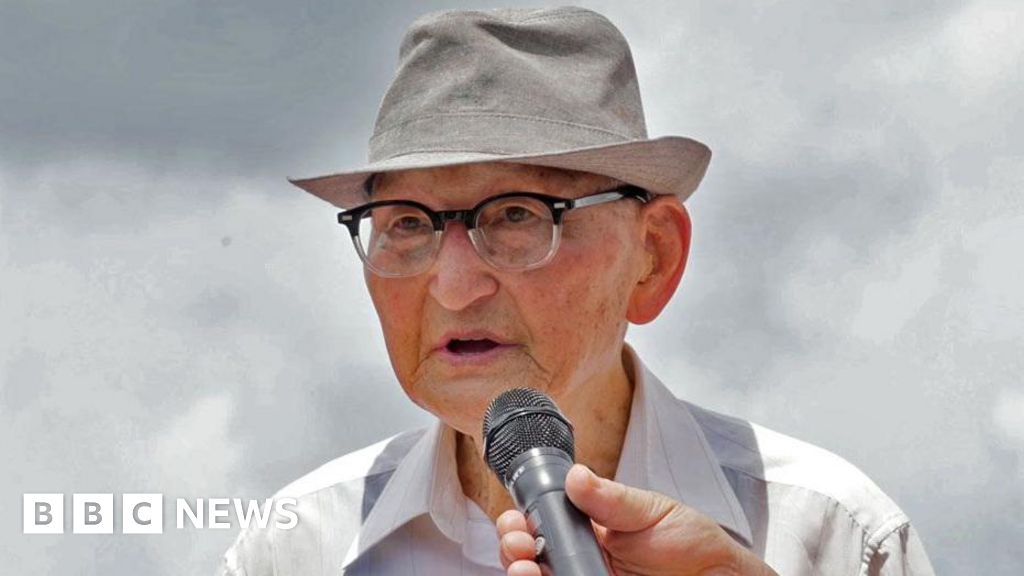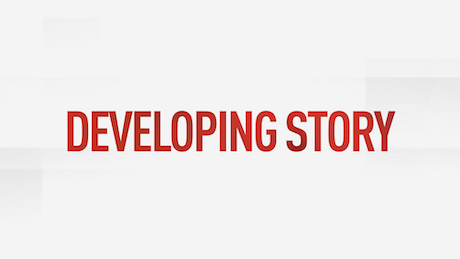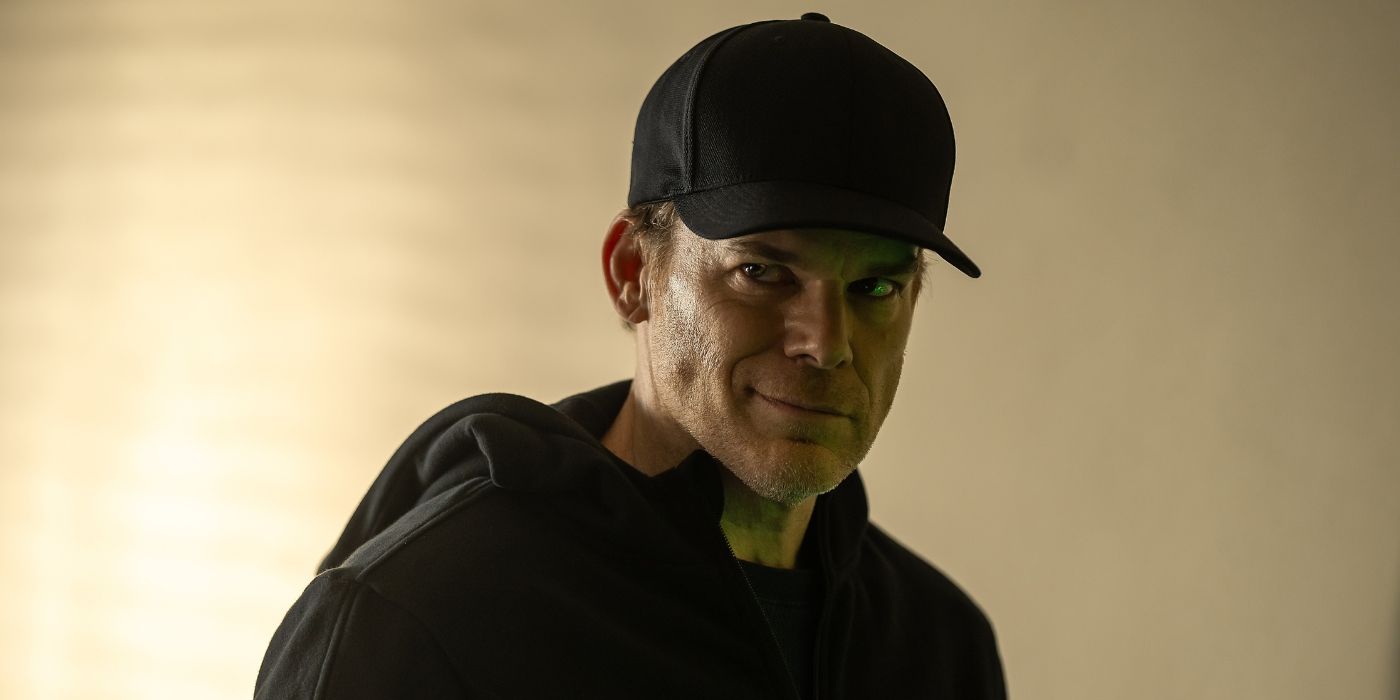20 years after Katrina, collaboration matters

Twenty years ago this August, Hurricane Katrina devastated the Gulf Coast. More than 1,300 lives were lost. It destroyed homes, displaced families, and overwhelmed many of the institutions that undergird civil society.
It was also a wake-up call that reshaped how the country responds to natural disasters. Over the past two decades, we’ve made real progress. Government agencies, nonprofits, businesses, and community organizations have built stronger systems to prepare before disaster strikes.
But as the recent devastating Texas floods, California wildfires, and many other disasters have shown, we still have work to do to make preparedness universal. And with experts predicting another active hurricane season this year, it’s vital that we all work together to help communities get ready. Stakeholders of all sizes have critical roles to play in building resilience as storms arrive faster and hit harder.
Do what you know best
One major lesson from the last two decades is that businesses can have an outsized impact on disaster preparedness when they do what they know best—whether that’s logistics, supply chains, or other specialized services.
FedEx, for example, used its logistics expertise to create emergency preparedness checklists that help small businesses build their own plans. Other companies are partnering with nonprofits to reinforce disaster response systems.
Following Hurricane Katrina, Abbott partnered with Feeding America and Direct Relief to stock essential nutrition and healthcare products at food banks and clinics in high-risk areas. Since 2006, these partnerships have delivered rapid aid to 700,000 people across the Gulf, the Southeast coasts, and other areas. We expect to help an additional 270,000 people this year—extending our support to nearly 1 million people.
This model continues to grow. Feeding America is now working with new partners, including supermarket chain ALDI, to preposition shelf-stable food and emergency items for broader distribution.
Subhed
Of course, comprehensive disaster preparedness requires more than ensuring supplies for quick distribution in the aftermath of a storm. Across the country, nonprofits and companies are working together to strengthen infrastructure, train staff, and develop continuity plans so aid can reach families faster when it is needed most.
Natural disasters pose an especially acute threat to small businesses. According to a 2025 report from the Milken Institute, nearly two-thirds of small businesses close within a year of experiencing a natural disaster. Less than four in 10 have insurance that covers natural disasters.
These gaps may make it harder for them to recover, and for communities to bounce back. A natural disaster can disrupt supply chains, displace employees and customers, and ripple outward to stall entire local economies.
Resilience
Fortunately, resources are available. Groups like the U.S. Chamber of Commerce Foundation offer guidance and step-by-step planning tools tailored to small businesses.
But that is only part of the solution. The next step will be to facilitate proactive, long-term resilience. Our aforementioned partnerships, which facilitated investment in backup energy systems, emergency storage facilities, and staff training programs, are examples of this approach. Such practical upgrades help ensure that essential services remain available during and after a crisis, disaster-proofing the systems communities rely on most.
Every community is different. What is needed in New Orleans may not be the same as what is needed in Miami or San Juan. But one thing is clear: The more we collaborate and prepare, the stronger we will be when the next storm arrives.
Melissa Brotz is the chief marketing, communications, and sustainability officer at Abbott.
What's Your Reaction?
 Like
0
Like
0
 Dislike
0
Dislike
0
 Love
0
Love
0
 Funny
0
Funny
0
 Angry
0
Angry
0
 Sad
0
Sad
0
 Wow
0
Wow
0


















































![Big Brother Recap: Rachel’s HOH Sends [Spoiler] Packing](https://tvline.com/wp-content/uploads/2025/08/big-brother-live-eviction-week-6.png?#)








































